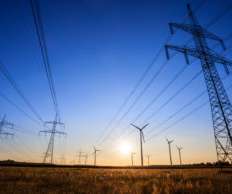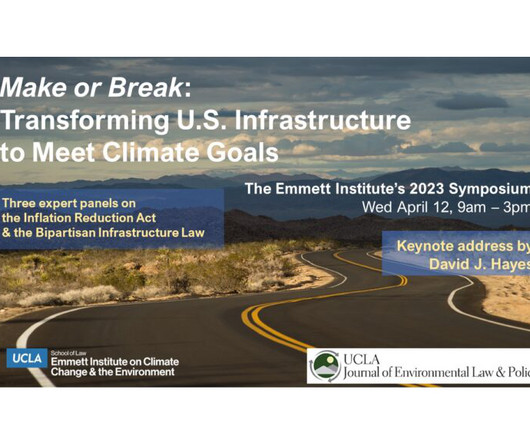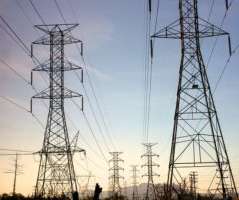FERC Proposes to Implement Expanded Transmission Siting Authority
Law and Environment
DECEMBER 19, 2022
And the Department of Energy, which makes National Corridor designations, has said that it intends to provide a process to designate such corridors on a route-specific, applicant-driven basis to address roadblocks as they arise. But a 2009 decision of the Fourth Circuit struck down that interpretation. Background. FERC Order No.












Let's personalize your content